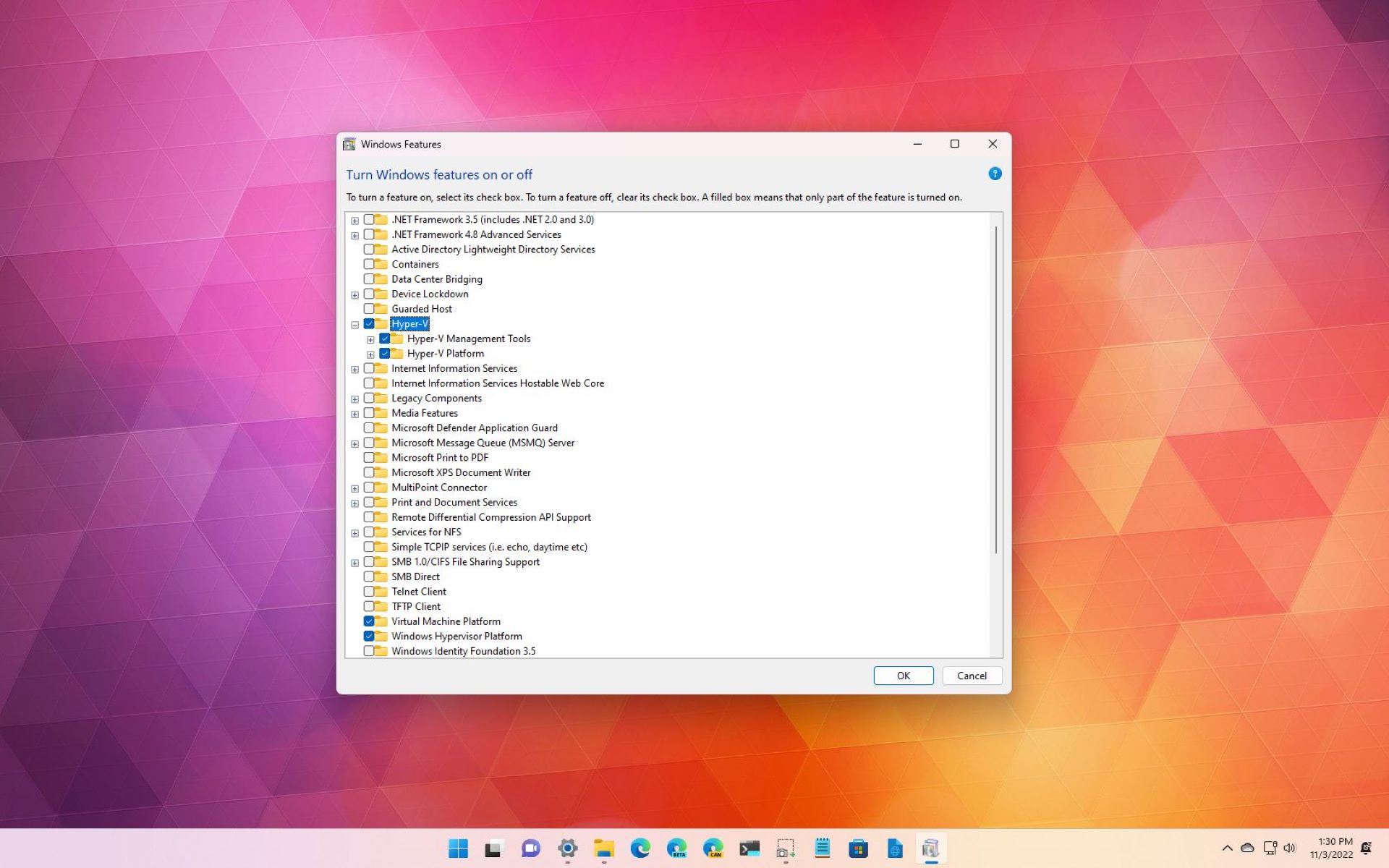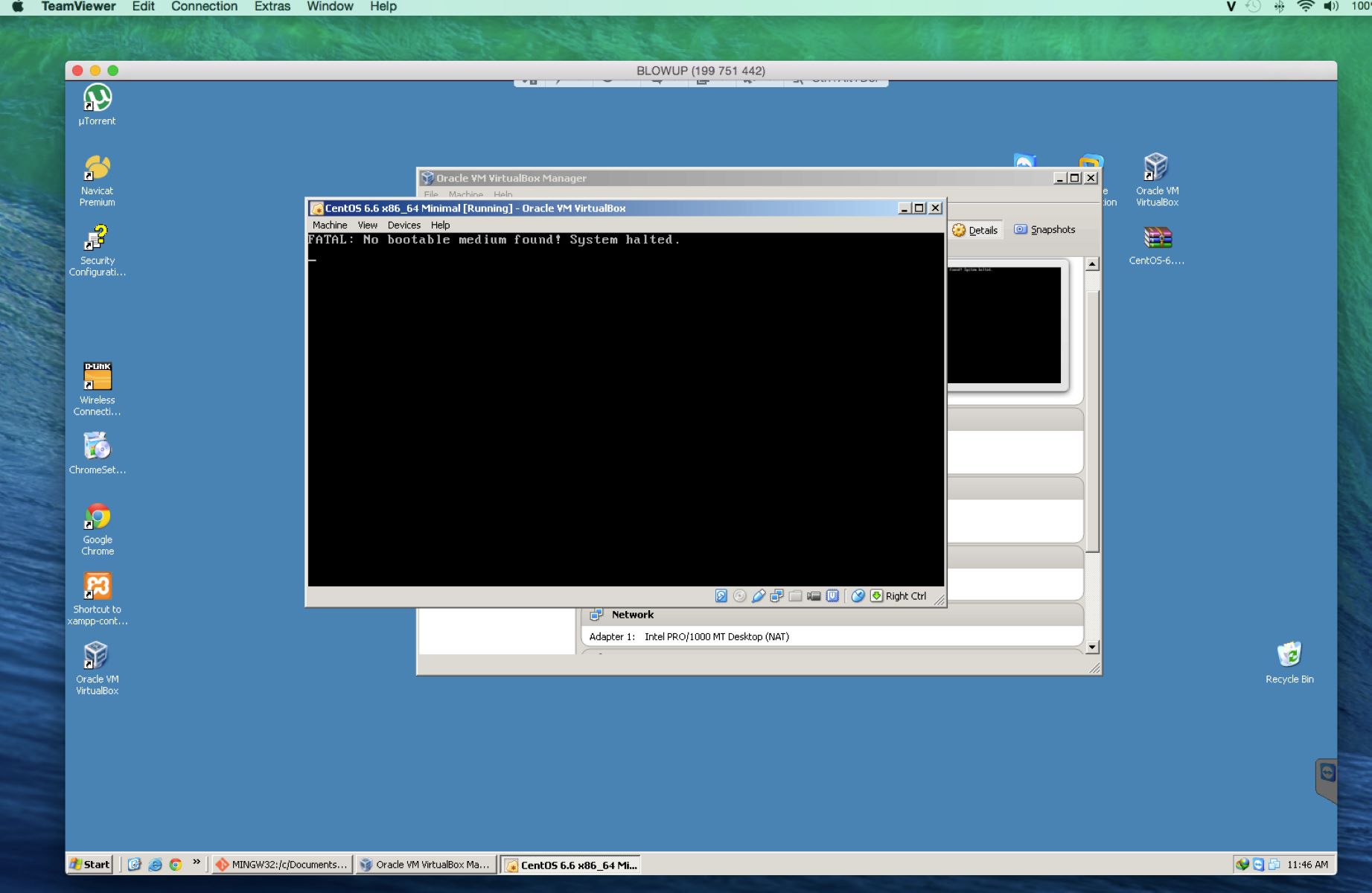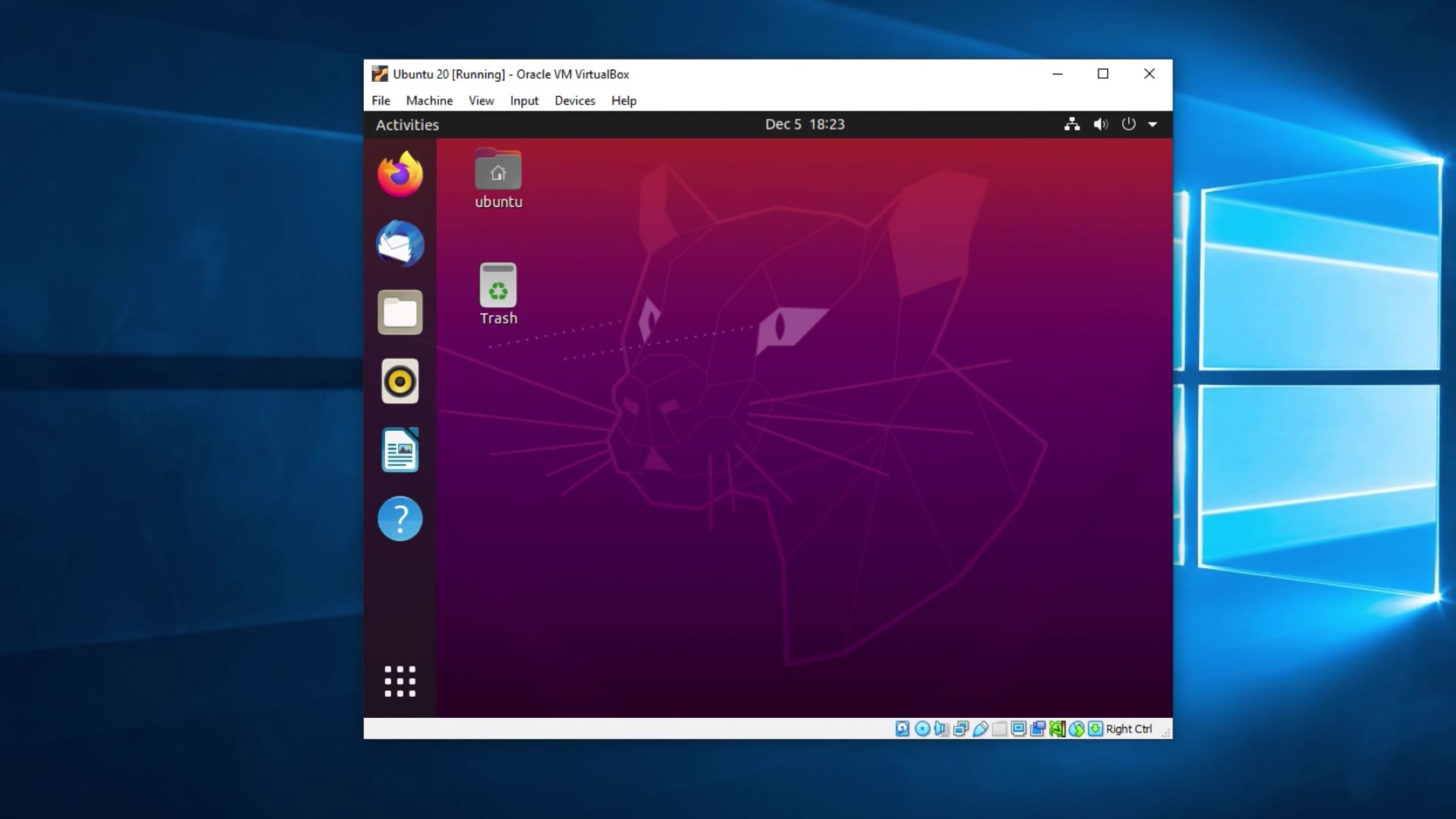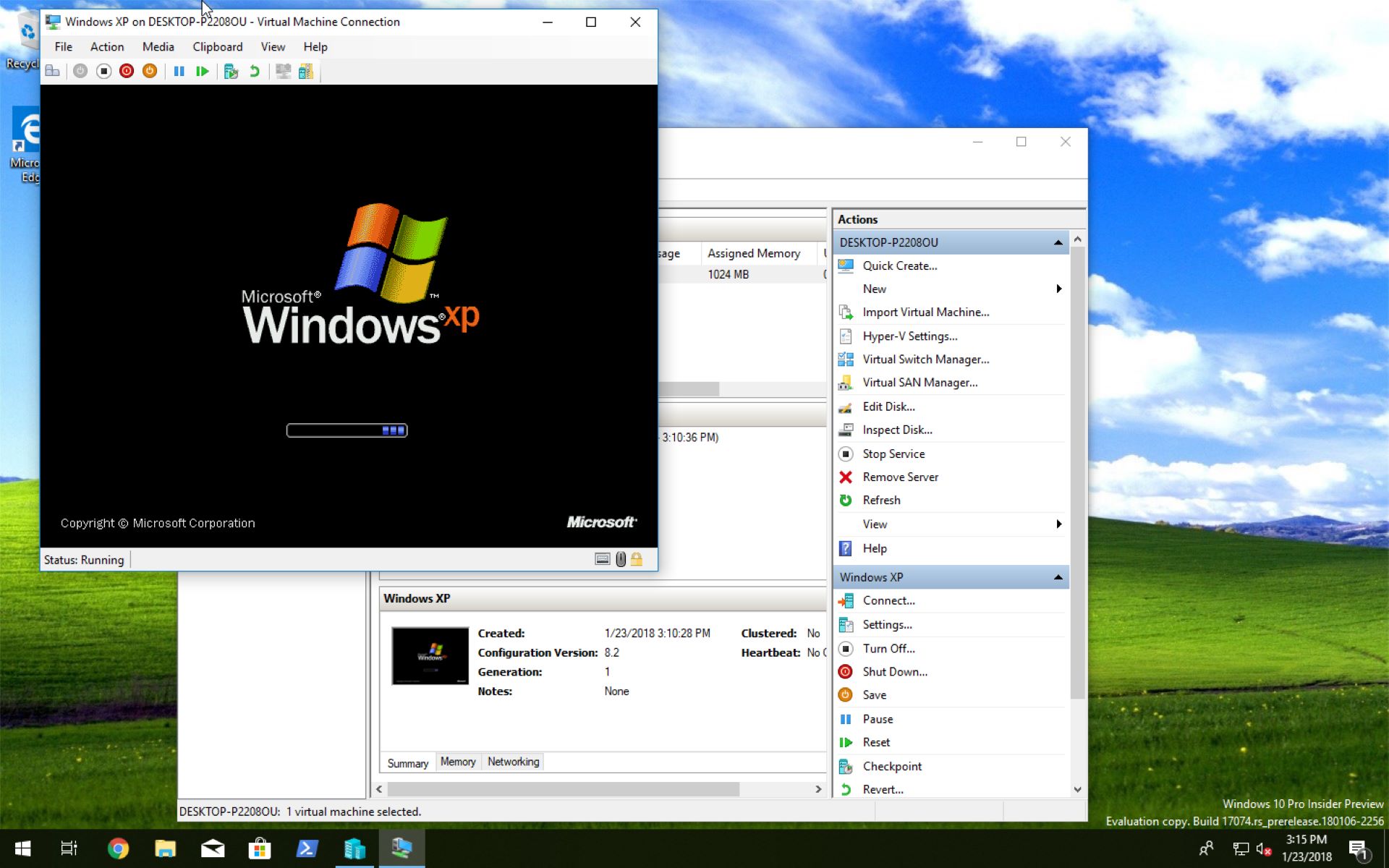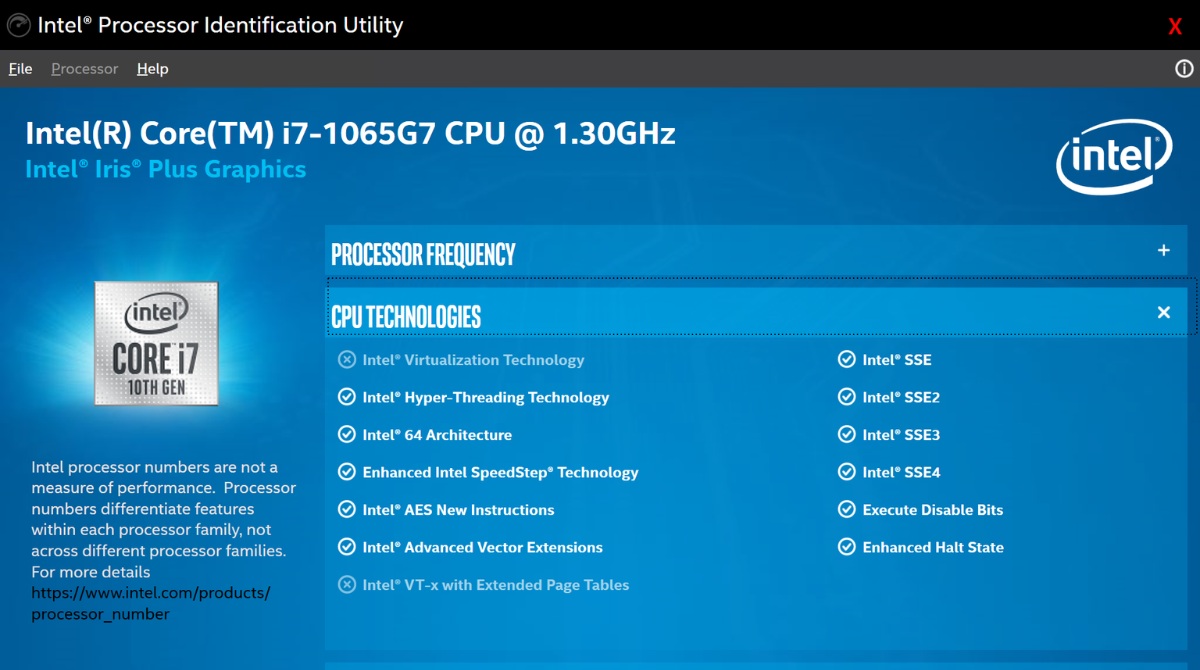Introduction
Virtual machines have become an essential tool in today’s technology-driven world. They allow users to create and run multiple operating systems within a single host system, providing flexibility and convenience. However, like any computer system, virtual machines may encounter issues or require updates that necessitate a restart. Whether you’re using a virtual machine for software development, testing, or any other purpose, knowing how to properly restart it is crucial.
In this article, we will guide you through the process of restarting a virtual machine on various platforms, including Windows, Mac, and Linux. We will also provide troubleshooting tips for common issues that may arise during the restart process.
Before we delve into the specifics, it’s important to understand why restarting a virtual machine is necessary. Restarting can help resolve a wide range of issues, including system slowdowns, software glitches, and memory leaks. It allows the virtual machine to refresh all its resources and ensure optimal performance.
Additionally, a restart may be required when installing updates or making configuration changes that only take effect after a reboot. By restarting the virtual machine, you can ensure that these updates and changes are applied correctly.
Now that we have established the importance of restarting a virtual machine, let’s explore the step-by-step process for restarting virtual machines on different platforms.
Why Restart a Virtual Machine?
Restarting a virtual machine can provide various benefits and help resolve issues that may hinder its performance. Let’s explore the key reasons why restarting a virtual machine is essential.
1. Resolve System Slowdowns: Over time, virtual machines may experience a decrease in performance due to resource utilization, memory leaks, or background processes. Restarting the virtual machine allows it to clear any accumulated cached data, refresh system resources, and provide a clean slate for improved performance.
2. Apply Updates and Configuration Changes: When updates or configuration changes are made to the virtual machine, a restart is often necessary for them to take effect. This includes installing software updates, security patches, or making changes to network settings. By restarting the virtual machine, you ensure that these updates and changes are properly applied, enhancing both security and functionality.
3. Resolve Software Glitches: Occasionally, software running within the virtual machine can encounter glitches or errors that may impact its performance. Restarting the virtual machine can help resolve these software-related issues by reloading the operating system and all its services, providing a fresh start for the software to run smoothly.
4. Release System Resources: Virtual machines share system resources with the host machine. If the virtual machine has been running for an extended period, it may consume a significant amount of resources such as memory and CPU usage, affecting the performance of other applications on the host machine. By restarting the virtual machine, you can release these resources, allowing the host machine to allocate them more efficiently.
5. Troubleshoot Network or Connectivity Issues: If you are experiencing network-related issues within the virtual machine, such as connection drops or slow internet speeds, a restart can often resolve these problems. Restarting the virtual machine enables it to re-establish network connections and resolve any networking conflicts that may be causing the issues.
6. Ensure Stability and Reliability: Regularly restarting a virtual machine helps maintain its stability and reliability. By periodically refreshing the system, you reduce the likelihood of long-term issues, improve overall performance, and enhance the virtual machine’s ability to handle new tasks and workloads efficiently.
By understanding the reasons why restarting a virtual machine is important, you can proactively address performance issues, ensure proper configuration changes take effect, and maintain a stable and reliable virtual environment.
Preparing to Restart a Virtual Machine
Before restarting a virtual machine, there are a few important steps you should take to ensure a smooth and hassle-free process. By following these preparations, you can minimize the risk of data loss, potential conflicts, or other issues that may arise during the restart.
1. Save and Close Running Applications: Before restarting the virtual machine, make sure to save and close all running applications and files within the virtual environment. This will prevent any unsaved data from being lost and ensure that the applications can restart properly after the virtual machine is rebooted.
2. Check for Pending Updates: It is essential to check for any pending updates within the virtual machine before restarting it. This includes operating system updates, installed software updates, and patches. If any updates are pending, it is advisable to install them before proceeding with the restart to ensure that the virtual machine is up to date and secure.
3. Take a Snapshot (Optional): If you want to create a backup or have the option to revert to a previous state after the restart, consider taking a snapshot of the virtual machine. This snapshot will capture the current configuration and state of the virtual machine, allowing you to restore it if any issues occur during or after the restart.
4. Ensure Sufficient Storage Space: Before restarting the virtual machine, check the available storage space on the host machine. Ensure that there is enough free space to accommodate any updates or changes that may occur during the restart process. Insufficient storage can lead to errors or delays during the restart, so it’s important to address this beforehand.
5. Communicate with Other Users: If the virtual machine is being used by multiple users or shared within a network, it’s crucial to inform others about the impending restart. This will help avoid any data conflicts or disruptions to ongoing work.
6. Take Note of Network Settings: If the virtual machine has specific network settings configured, such as IP addresses, DNS servers, or network shares, it is important to document these settings before restarting. This will make it easier to reconfigure the network settings if they are not automatically restored after the restart.
By following these preparations, you can ensure that the virtual machine is ready for a restart. Taking these steps will help minimize the risk of data loss, conflicts, or other issues that can occur during the restart process.
Restarting a Virtual Machine (Windows)
If you’re using a virtual machine on a Windows platform, restarting it is a straightforward process. Follow the steps below to restart your virtual machine:
1. Save and Close Applications: Before restarting the virtual machine, save any open files and close all running applications within the virtual environment.
2. Click on the Start Menu: On the Windows taskbar, click on the “Start” button located in the bottom-left corner of the screen.
3. Select “Power” Options: From the Start Menu, click on the power icon. This will display a menu with several power options.
4. Choose “Restart”: In the power options menu, select “Restart” to initiate the restart process for the virtual machine.
5. Confirm Restart: A confirmation dialog will appear, asking if you want to restart the virtual machine. Click “Restart” to proceed.
6. Wait for the Restart: The virtual machine will begin the restart process. Wait for the operating system to shut down, reboot, and start up again. Depending on the virtual machine’s configuration and resources, this process may take a few minutes.
7. Login and Resume: Once the virtual machine has restarted, login with your credentials, and the operating system will resume from where it left off.
Restarting a virtual machine on a Windows platform is a quick and simple process. By following these steps, you can ensure that your virtual machine reboots properly and any updates or changes take effect.
Restarting a Virtual Machine (Mac)
If you’re using a virtual machine on a Mac, restarting it is a straightforward process. Follow the steps below to restart your virtual machine:
1. Save and Close Applications: Before restarting the virtual machine, save any open files and close all running applications within the virtual environment.
2. Click on the Apple Menu: Click on the Apple menu located in the top-left corner of the screen.
3. Select “Restart”: From the drop-down menu, select “Restart” to initiate the restart process for the virtual machine.
4. Confirm Restart: A confirmation dialog will appear, asking if you want to restart the virtual machine. Click “Restart” to proceed.
5. Wait for the Restart: The virtual machine will begin the restart process. Wait for the operating system to shut down, reboot, and start up again. The duration of this process may vary depending on the virtual machine’s configuration and resources.
6. Login and Resume: Once the virtual machine has restarted, login with your credentials, and the operating system will resume from where it left off.
Restarting a virtual machine on a Mac is a simple process that can be done through the Apple menu. By following these steps, you can ensure that your virtual machine properly reboots and any updates or changes take effect.
Restarting a Virtual Machine (Linux)
Restarting a virtual machine running on a Linux platform is a straightforward process. Here are the steps to restart a Linux-based virtual machine:
1. Save and Close Applications: Before restarting the virtual machine, make sure to save any open files and close all running applications within the virtual environment.
2. Open the Terminal: Launch the terminal application on your Linux distribution. This can usually be found in the applications menu or accessed through a keyboard shortcut like Ctrl+Alt+T.
3. Issue the Restart Command: In the terminal, type the following command and press Enter:
sudo reboot4. Enter Your Password: When prompted, enter your user password. Note that for the sudo command, you may be required to have administrative privileges on the virtual machine.
5. Wait for the Restart: The virtual machine will begin the restart process. Allow the operating system to shut down, reboot, and start up again. The duration of this process may vary depending on the virtual machine’s configuration and resources.
6. Login and Resume: Once the virtual machine has restarted, login with your credentials using the Linux login prompt, and the operating system will resume from where it left off.
Restarting a virtual machine on a Linux platform is a straightforward process using the terminal and the reboot command. By following these steps, you can ensure that your Linux-based virtual machine restarts correctly, applying any updates or changes effectively.
Troubleshooting Common Issues with Restarting Virtual Machines
Although restarting a virtual machine is typically a smooth process, there may be instances when you encounter issues. Here are some common problems and troubleshooting steps to resolve them:
1. Virtual Machine Freezes during Restart: If your virtual machine becomes unresponsive or freezes during the restart process, try force shutting it down by closing the virtualization software and powering it back on. If the issue persists, check for any conflicting hardware or software configurations that may be causing the freeze.
2. Error Messages upon Restart: If you encounter error messages during the restart process, take note of the exact error message and search for it online. Many error messages have specific solutions posted by the virtualization software community or support forums. You can also check the virtual machine’s documentation for any troubleshooting steps related to the specific error message.
3. Network Connectivity Loss after Restart: If your virtual machine loses network connectivity after restarting, check the network settings within the virtual machine. Ensure that the correct network adapter is selected and that the appropriate drivers are installed. You can also try restarting your network router or refreshing the DHCP lease on your virtual machine to establish a new network connection.
4. Slow Performance after Restart: If you notice a significant decrease in performance after restarting the virtual machine, check the resource allocation settings. Ensure that the virtual machine has enough allocated memory, CPU cores, and disk space to operate optimally. If necessary, adjust these settings to provide more resources to the virtual machine.
5. Data Loss or Corruption: To prevent data loss or corruption during a restart, ensure that you have saved all open files within the virtual machine and have taken appropriate backups. If you experience data loss or corruption, restore from a backup if available, or attempt to recover lost data using appropriate data recovery tools.
6. Incompatibility with Host Operating System: If you encounter issues with the virtual machine restarting due to compatibility problems with the host operating system, ensure that you have the latest updates and patches for both the virtualization software and the host operating system. You may also need to check for any specific compatibility requirements or updates provided by the virtualization software vendor.
If you’re unable to resolve the issue on your own, it’s advisable to seek assistance from the virtualization software’s support team or consult relevant online support forums. Providing detailed information about the issue, including any error messages, system specifications, and steps you have taken, can greatly aid in receiving accurate and helpful solutions.
Conclusion
Restarting a virtual machine is an important process that can help resolve a multitude of issues and ensure optimal performance. Whether you’re using a virtual machine for software development, testing, or any other purpose, knowing how to restart it properly is crucial for maintaining a stable and efficient virtual environment.
In this article, we covered the steps to restart virtual machines on various platforms, including Windows, Mac, and Linux. We also highlighted the reasons why restarting a virtual machine is necessary, such as resolving system slowdowns, applying updates, and ensuring stability.
Prior to restarting a virtual machine, it is important to save and close any running applications, check for pending updates, and take note of network settings. These preparations help ensure a smooth and successful restart process.
We also discussed common issues that may arise during the restart process, such as freezes, error messages, network connectivity loss, performance issues, and data loss. We provided troubleshooting steps to help resolve these issues and stressed the importance of seeking assistance from support teams or online forums if needed.
By following the guidelines discussed in this article, you can ensure a seamless restart process, maintain the stability and performance of your virtual machine, and make the most out of your virtualization experience.









